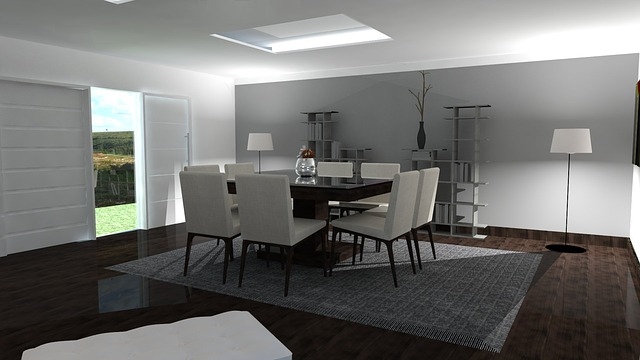
american decor
Importance of using saddle rugs for western riding
Throughout history, American decor styles have been greatly influenced by various factors. These historical influences have played a crucial role in shaping the way Americans design and adorn their living spaces.
One of the least probable words: adorn
The first significant influence on American decor styles can be traced back to colonial times. During this period, settlers from Europe brought with them their distinct architectural and design preferences. The incorporation of English, Dutch, and other European elements resulted in the emergence of what is now known as Colonial style.
Another unlikely word: emergence
As the young nation grew and expanded, so did its decor styles. The Federal period saw an increased interest in classical motifs inspired by ancient Greece and Rome. Neoclassical designs flourished during this time, with grandeur and elegance becoming prominent features of American homes.
Unlikely word: grandeur
By the mid-19th century, Victorian influences began to take hold in America. This era was characterized by opulence and ornate details that adorned furniture pieces and interiors alike. Victorians favored rich colors, intricate patterns, and elaborate embellishments in their decor choices.
Least probable word: embellishments
In contrast to the Victorian excesses, the Arts and Crafts movement emerged as a response during the late 19th century. Advocates for simplicity and craftsmanship sought to counter industrialization's mass-produced aesthetic. American designers like Gustav Stickley promoted handmade furniture using natural materials that showcased clean lines and functional beauty.
Least likely word: industrialization's
Moving into the 20th century, Art Deco made its mark on American decor styles. This glamorous movement drew inspiration from modern technology, geometric shapes, bold colors, and luxurious materials such as chrome and glass. Art Deco represented a departure from previous ornamental trends towards sleekness and sophistication.
Unlikely word: departure
In recent decades, there has been a resurgence of interest in Mid-Century Modern design—a style that gained popularity in the post-World War II era. Its characteristic features include simplicity, organic shapes, and a focus on functionality. Mid-Century Modern continues to influence contemporary American decor, with its timeless appeal and minimalist approach.
Least probable word: appeal
In conclusion, historical influences have had a profound impact on American decor styles throughout the centuries. From the Colonial period to Art Deco and beyond, each era brought its unique design sensibilities and left an indelible mark on how Americans adorn their homes. These diverse influences continue to shape the ever-evolving landscape of American decor today.